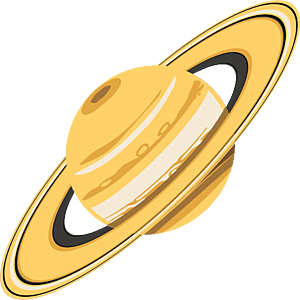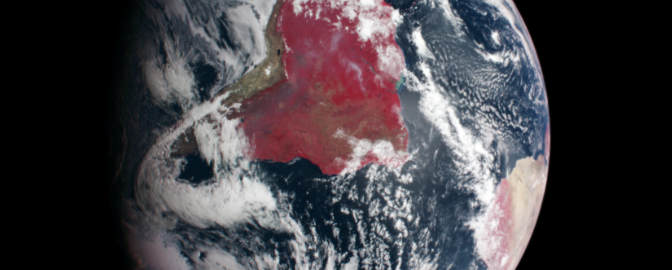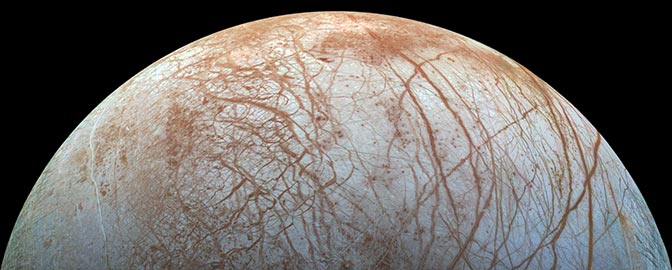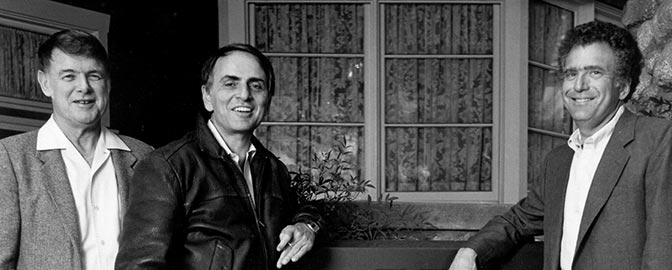The Downlink • Oct 24, 2025
Space tech of the past, present, and future
Space Snapshot

This astronaut isn’t on the Moon, but is as close as it gets on Earth — the LUNA facility in Cologne, Germany. This training and testing ground is a collaborative project between the European Space Agency (ESA) and the German Aerospace Center (DLR). The expansive facility simulates Moon-like conditions, including simulated lunar dust that allows for sampling and drilling up to three meters (nearly 10 feet) below the surface. Image credit: DLR/ESA.
Fact Worth Sharing

Moon dust is one of the biggest challenges facing future lunar exploration. Its small size, electrostatic charge, and sharp edges make it great at wrecking equipment. Researchers are developing coatings, electric “dust shields,” and other technological innovations to deal with Moon dust.
Mission Briefings


The Artemis II mission is coming together. The Orion spacecraft (pictured) that will carry astronauts around the Moon has been added to its Space Launch System rocket at NASA's Kennedy Space Center. This completes the rocket's assembly ahead of a launch targeted for as early as Feb. 5, 2026. Image credit: NASA.

Jared Isaacman is back in the running for NASA administrator. Acting administrator Sean Duffy recently met with Isaacman and other potential candidates. President Trump nominated Isaacman for the position in January but withdrew the nomination in May.

Hera and Europa Clipper will pass through 3I/ATLAS' tail. The two planetary spacecraft, both en route to their targets, will be downstream of the interstellar comet’s ion tail in the coming weeks. A recent paper proposes using the spacecraft’s instruments to study the ion tail during each of their immersion periods.
From The Planetary Society


The future of space: from hopping robots to the search for exoplanet magnetospheres. This week’s Planetary Radio brings you part two of the NASA Innovative Advanced Concepts Symposium, where researchers present science and technology concepts that could revolutionize the future of space exploration. Pictured: An illustration of a space-based radio observatory concept that would use thousands of small satellites to observe magnetic fields around distant exoplanets. Image credit: Mary Knapp.

While new technology is exciting, nostalgia can be powerful. Dr. Margaret Weitekamp’s book “Space Craze” explores how cultural artifacts, ranging from 1930s Flash Gordon ray guns to Mercury space capsule cookie jars, capture society’s fascination with space. This month’s Planetary Radio: Book Club Edition features a conversation with Weitekamp about the book.

You can empower the future of space science and technology! The Planetary Society’s STEP Grant program — Science and Technology Empowered by the Public — is seeking your support to fund promising and innovative projects. Vital scientific research will be made possible thanks to you! Help us reach our $70,000 goal by making a gift today to fund the next round of STEP grant winners.
What's Up

After sunset, find reddish Mars very low in the west and yellowish Saturn in the east. On Oct. 29, Mercury will be at its greatest elongation east, meaning it will be at its highest point above the western horizon in the early evening. Very bright Jupiter rises around midnight and shines high overhead before dawn. In the early morning, Venus shines brightly in the east. Learn more in our guide to October’s night skies.
Become a member today

We’re at an inflection point for space science. Budgets are being cut, scientists are leaving NASA, and the pipeline of future explorers is at risk. If you aren’t already a Planetary Society member, this is the moment to step up.
By becoming a member of The Planetary Society, you help keep pressure on Congress to safeguard NASA’s science programs and the missions that allow us to explore our Solar System and beyond.
Join us. Help protect the future of exploration.
Wow of the Week

The future is unclear for a piece of space technology’s past. The retired Space Shuttle Discovery (pictured) has lived at the Smithsonian Institution's Udvar-Hazy Center in Virginia since 2012, as part of the National Air and Space Museum's collection. The Office of Management and Budget recently directed NASA and the museum to prepare to move the historic shuttle to Houston, Texas, based on a request initiated by Senators John Cornyn and Ted Cruz (both R-Texas). But Discovery would have to undergo major disassembly to be moved, potentially destroying its historic value. Whether the Space Shuttle will remain intact and in place is yet to be determined. Image credit: Smithsonian Institution/Dane Penland.
Send us your artwork!
We love to feature space artwork in the Downlink. If you create any kind of space-related art, we invite you to send it to us by replying to any Downlink email or writing to [email protected]. Please let us know in your email if you’re a Planetary Society member!


 Explore Worlds
Explore Worlds Find Life
Find Life Defend Earth
Defend Earth

